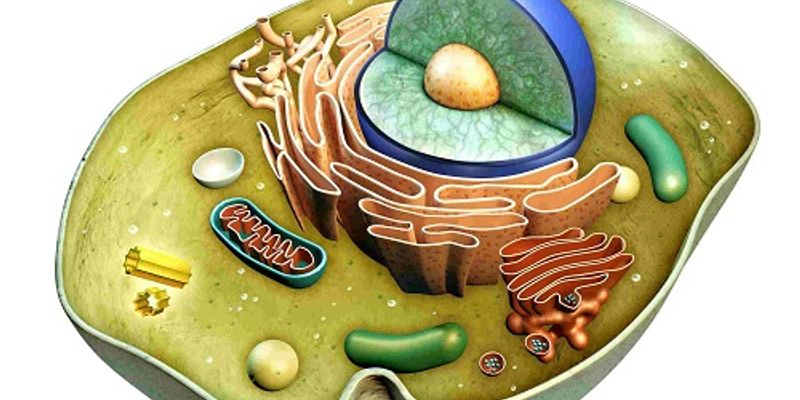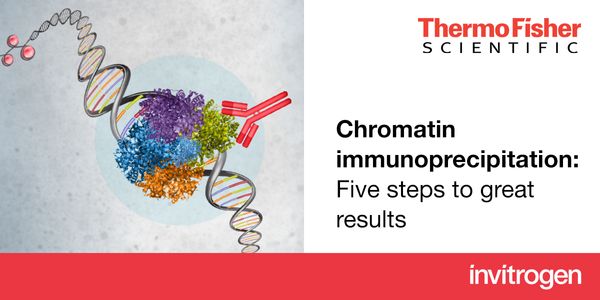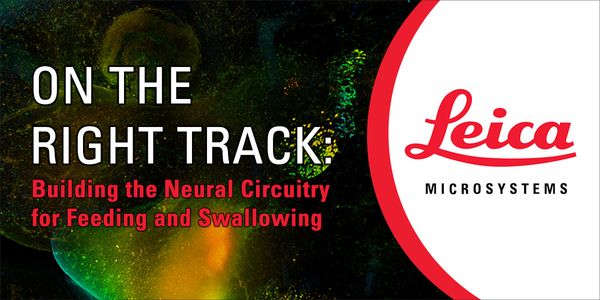Cell Biology
Cell Biology: a branch of biology that studies the different structures and functions of the cell and focuses mainly on the idea of the cell as the basic unit of life. Cell biology explains the structure, organization of the organelles they contain, their physiological properties, metabolic processes, Signaling pathways, life cycle, and interactions with their environment. This is done both on a microscopic and molecular level as it encompasses prokaryotic cells and eukaryotic cells.
-
NOV 01, 2018 | 12:00 AMDeriving deeper biological insight & improving productivity in immune-cell biologyThe most common in vitro methods for immunologists to analyze cells of the immune system are flow cyt...NOV 01, 2018 | 12:00 AMKinetic antibody internalization assays using live-cell analysisMonoclonal antibodies (mAb) and antibody-drug conjugates (ADCs) are widely used biological therapeutics. A key property of...OCT 31, 2018 | 8:00 AMDATE: October 31, 2018TIME: 8:00AM PDTChromatin immunoprecipitation (ChIP) is a technique researchers employ to obtain a snapshot of protein-DNA interactions in the cell. ChI...OCT 30, 2018 | 8:00 AMDATE: October 30, 2018TIME: 8:00am PDT, 11:00am EDT Does your PSC medium support cell therapy? In this webinar, learn about Cell Therapy Systems™ (CTS...This intensive workshop will introduce infrared spectroscopy, outline the various sample handling methods and provide guidance on the numerous transmission and reflectance methods available f...
In the postgenomic era, one expects the suite of chemical players in a brain region to be known and their functions uncovered. Perhaps surprisingly, many neurochemicals remain poorly characte...
OCT 23, 2018 | 10:00 AM
DATE: October 23, 2018TIME: 10:00am PDT, 1:00pm EDT Next-generation genomic sequencing is transforming what is known about pediatric cancer and how we treat patients. But eve...
OCT 16, 2018 | 7:00 AM
DATE: October 16, 2018TIME: 7:00m PDT, 10:00am EDT 22q11 Deletion Syndrome (22q11DS) is a genomic disorder caused by a microdeletion of chromosome 22 that occurs...
As the most common female malignancy, breast cancer is the most likely reason that a woman will die of cancer around the world. Breast cancer mortality has dropped in the U.S. by 35% since 19...
Speaker:
Benjamin Anderson, MD
Recent work has identified epigenomic features of distal regulatory elements to be dynamic and defining indicators of cellular specification and transformation. Of particular relevance is our...
Speaker:
Martin Hirst, PhD
Lung cancer is the leading cause of cancer-related mortality worldwide. Large-scale sequencing studies have revealed the complex genomic landscape of NSCLC and genomic differences between lun...
Speaker:
Nicholas McGranahan, PhD
Although targeted therapies often elicit profound initial patient responses, these effects are transient due to residual disease leading to acquired resistance. How tumors transition between...
Two projects looking at novel approaches to targeting inflammatory breast cancer will be presented. Inflammatory breast cancer (IBC) is a unique, understudied, and most lethal subtype account...
Speaker:
Kevin Williams, PhD
Antibodies are extremely valuable and ubiquitous tools in life science research, but in spite of their widespread use in immunoassays over the past several decades, there is still a lack of u...
Speaker:
Chandra Mohan, PhD
























